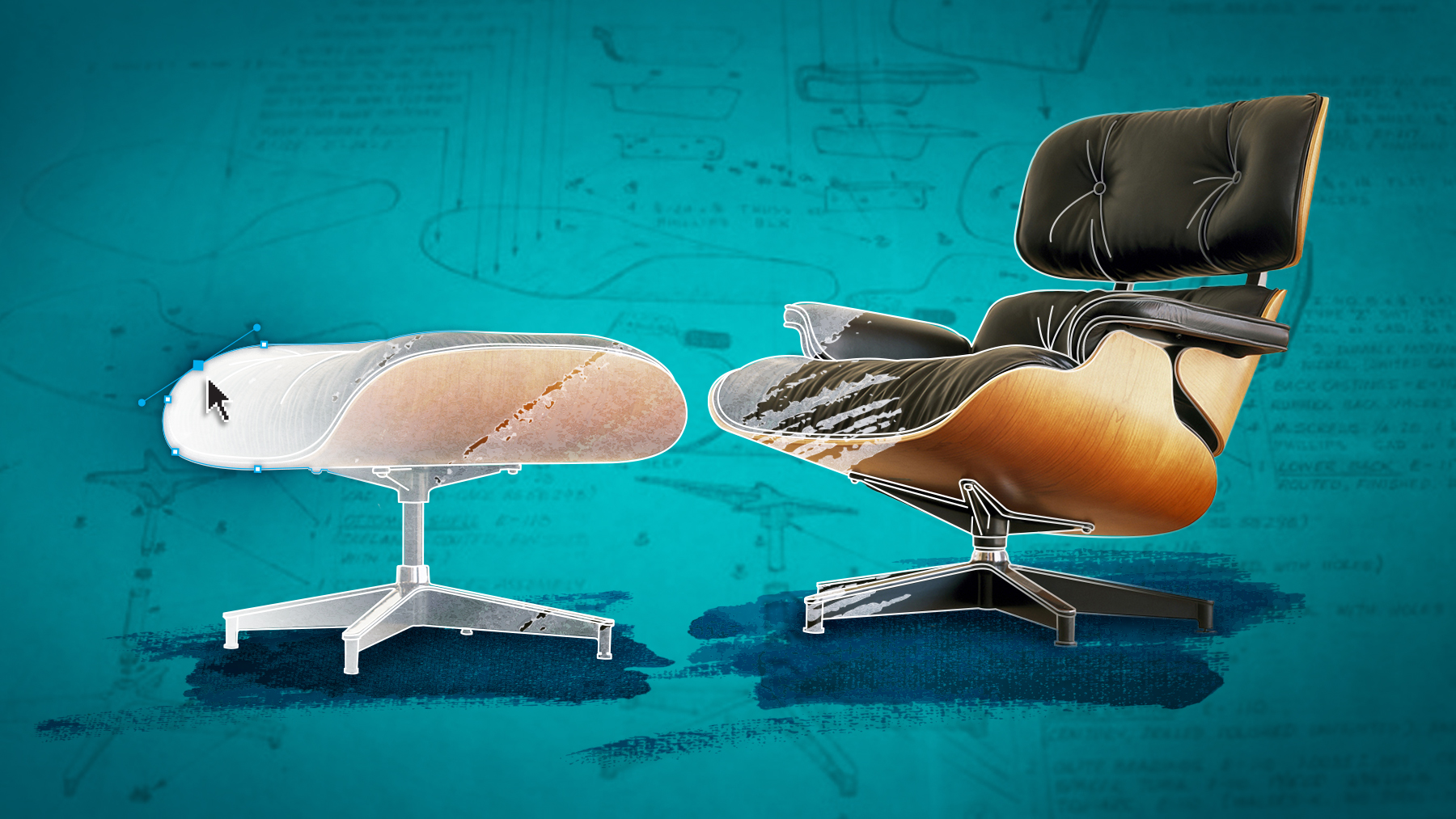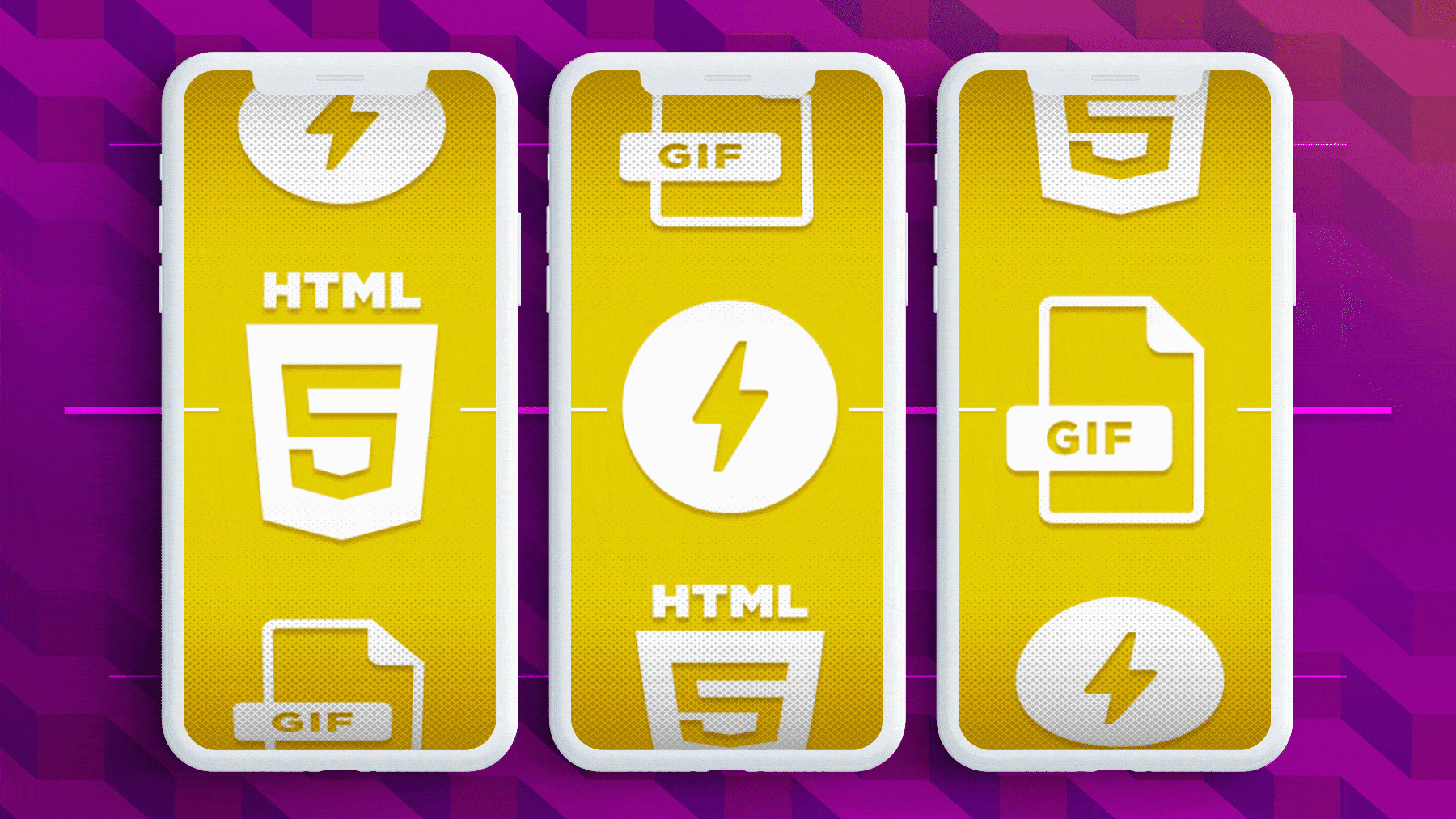
I love to build things — always have. It’s fulfilling to get away from screens to create something tangible. When I’m not working as a graphic designer, I focus on building custom furniture. For a while, I thought it was simply a hobby to occupy my time. But then I finally realized that what I was building at home wasn’t much different from what I was doing at the office.
Much of my inspiration as a designer and builder comes from the lifestyle and designs of Charles and Ray Eames. Whether I’m working on advertising or furniture, I always think of this quote from Charles: “Recognizing the need is the primary condition for design.” There are a million ways to design anything, but it’s important to choose one that’s useful. From a sturdy wood bench to an elegant steel dining room table, all furniture must work toward fulfilling a need. And in the end, each piece must be the perfect balance of practical and elegant.
So how do you maintain both usability and beauty? Here are a few questions Charles Eames would ask himself: Does it solve a problem? Is it serviceable? How is it going to look in ten years? When building furniture or a brand, it isn’t enough to make it simply work for right now. You must also weigh the trendiness of your design against its potential longevity.
I’m sure you’ve sat in a chair that was terribly out of style, falling apart and uncomfortable. It was usable for a short time, but it ended up making friends with the dumpster. The good thing is, it was just a chair. You can buy a new one. Rebranding companies and redesigning websites is not so easy. For one thing, you’re working with companies and people who want their image to survive the ebb and flow of the latest trends. Serving those clients well means building for the future with designs that possess staying power. Fads will come and go. Needs will always be there.
If you focus solely on form and forget about function, you’re building a piece that only looks beautiful on the curb with a “Free” sign taped to it. But if you do your research and create something that answers all the right questions and finds the perfect balance, then you might produce furniture, ads, and brands that will stand the test of time and, dare I say, become iconic.
“Design is an expression of purpose. It may, if it is good enough, later be judged as art.”
— Charles and Ray Eames


